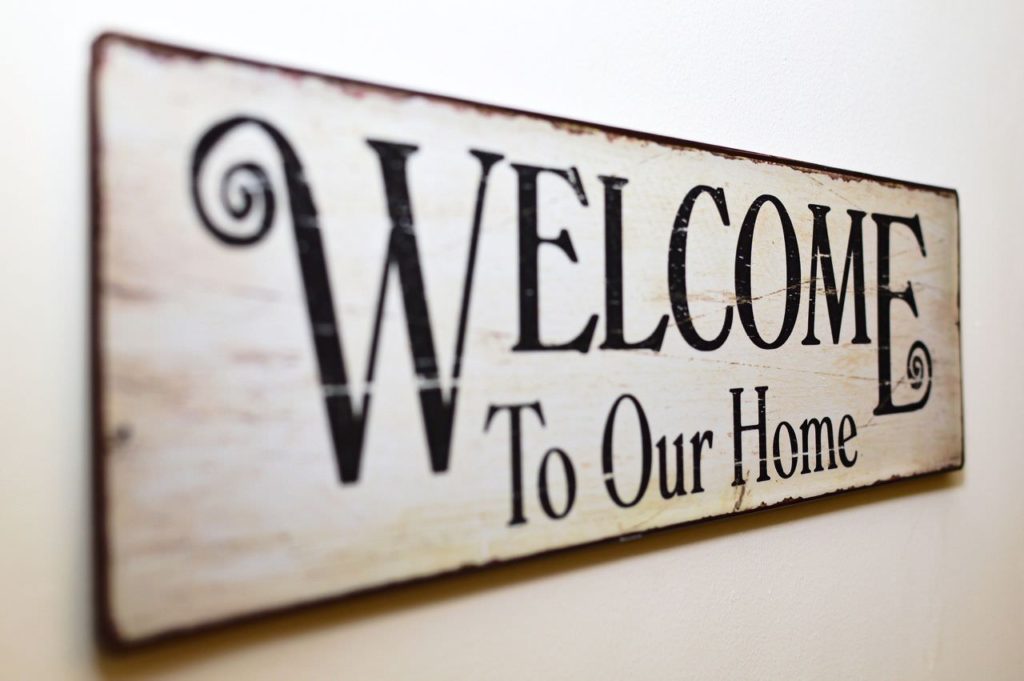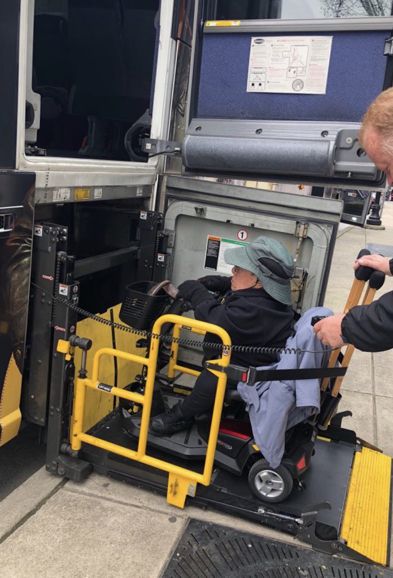Are you registered to vote? National Voter Registration Day on September 22, 2020 is a good day to check. If you’re thinking why bother, read on to find out why voting matters for both constituents and election workers.
Constituent Voters
V ─ VOTE because federal laws—the Americans with Disabilities Act and Help America Vote Act—protect the voting rights of people with disabilities.
Want to subscribe to receive blog updates sign up today!
O ─ ONE vote can make the difference between winning and losing an election. Google it and you’ll see. Tie votes have been broken by pulling a name out of a hat, a coin toss, or drawing the highest card. Don’t surrender your vote to chance! Did you know that, in the 2018 midterm election, 20% of voters either had a disability or lived with someone who had a disability? i.e. more than Hispanic/Latino voters. Vote and be sure that our powerful voting bloc is heard.
T ─ TOUGH choices in troubled times is no excuse for not voting. Tear through the trial of long lines or people not wearing masks, and vote early or by mail.
E ─ EDUCATE yourself on candidate platforms, referendums, and proposed amendments.
R ─ REGISTER to vote prior to rolls closing for the November general election. If you don’t know the registration cut-off date, find the date in your State by clicking on this link, https://www.vote.org/voter-registration-deadlines/
S ─ SERVE as an election worker. If you need an accommodation, ask for it. I served as an Inspector giving voter passes at eight primary or general elections with two accommodations—my adjustable height Ergo Chair for Little People and a block of wood. Yes, you read that right, a block of wood! The block was placed under the back of my assigned Electronic Voter IDentification (EVID) machine tilting it forward so I could read the screen.
Election Workers
V ─ VALUE differences in each unique voter.
O ─ OFFER help, but allow voters to choose their own helper—a friend, family member, or an election worker. If help is accepted, ask how you can help and wait for instructions. Don’t insist on helping if the offer is refused.
T ─ TRAINING is mandated to promote access and participation of individuals with disabilities. Local disability advocates are ideally suited to conduct this training. For ten years, I provided disability sensitivity training to election workers on terminology, communication, respect, and access issues.
E ─ EQUAL access to facilities and equipment is required. This includes the opportunity for private and independent voting. Accessible voting machines—equipped with earphones and other modifications—must not only be in the precinct, but must also be ready to use.
R ─ RESPECT a voter’s pace and space.For example, don’t pat or reach over a voter’s head.Allow a voter to move and speak at their own pace.
S ─ SPEAK with a typical voice volume, tone and subject matter. People who are blind are not deaf. People with dwarfism are not children. People with intellectual disabilities understand what workers say about them.
Almost time to order your copy of Angela Muir Van Etten’s book—PASS ME YOUR SHOES: A Couple with Dwarfism Navigates Life’s Detours with Love and Faith—which releases during Dwarfism Awareness Month in October 2020.









